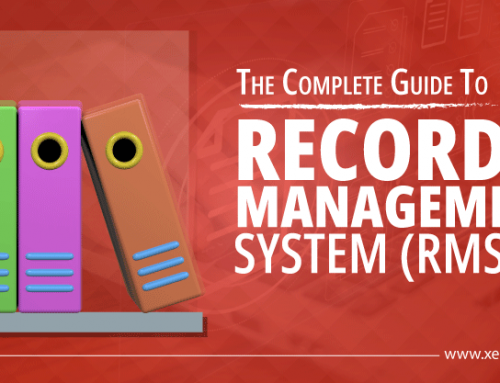Times are changing and, love it or hate it, we are now more connected than ever before – working digitally and communicating at break neck pace across the world. One of the positives to come from our globally connected society, is that you no longer have to be physically present to work as part of a team.
Remote working is often still a contentious topic (although it is slowly becoming more mainstream). As a work practice it has so many advantages: It allows you to hire the best talent no matter where they are based in the world and lets them work and share ideas with team members in an environment they find most conducive to creativity. However, many employers are put off by the perceived lack of control – the feeling that there needs to be a managerial presence felt in order to maintain focus and productivity and ensure business objectives are accomplished.
So, how do you go about flawlessly managing a virtual team?
Managing a virtual team requires the same skills as a face-to-face team. You still need to make sure everyone feels appreciated and it’s especially important to share how they contribute to the bigger picture as they are not there on the scene to see the part they play in person. So what can you do to help?
- Show your face and make time for meetings
Often remote working is as a result of geographical, time or budget limitations, which also generally prevent the team from being able to get together in person. This shouldn’t prevent virtual meetings however – conference video calls using tools such as Skype can ensure you get the chance to catch up and update each other on a regular basis. However, don’t just rely on video conferencing tools, no matter what the situation, if your team is important to your business, try to arrange to meet them in person, at least once a year, in order to build and maintain a relationship, and not just be a stranger at the end of a webcam.
- Work on a convenience/inconvenience schedule
You may have several people from different time zones in your remote team. In which case, there are likely to be one or two people who call or email at odd hours and are therefore continually ignored. To avoid the timing inconvenience and keep everybody working as efficiently as possible, create a balanced schedule which lists when each member is free to answer calls, and is likely to be making them. Use this document to make sure video conferences and catch up’s are at a time suitable for everyone.
- Don’t be afraid of using emoticons and GIFs
Generally, the majority of effective communication is the non-verbal. However, this can be tricky when people are not in front of you to show these non-verbal cues such as body language or facial expressions. The digital equivalent of these is the emoticon, so don’t be afraid to use these to express or support your feelings – particularly if you are pleased with something. Just make sure you stick to the basic universal emoticons which are understood the world over, otherwise you risk changing the message completely through a misunderstood smiley!
- Small talk is just as effective when you are not face to face
If you always call to ask about work, then maybe you should look at softening that approach. Of course work comes first but small talk doesn’t do any harm and builds rapport with your team – ask how they are, about their family, holidays, the weather, weekend plans etc. This small addition to the conversation can have a big impact as your team members will really feel you care and have a connection. This might make the calls longer (and maybe it’ll bore you to tears!) but it will mean a lot to the person on the other end of the phone.
- Ensure you are using a shared business solution and repository
Look at working with Microsoft Sharepoint to allow your teams to work together seamlessly from wherever they are in the world, this as well as the likes of OneDrive and Box allow teams to work on, edit and share their documents, appointments, images etc in a secure shared repository. It’s definitely worth investing the time and effort to get these platforms set up in the beginning.
For more information and advice on sharing platforms and other business solutions for remote working, feel free to speak to one of our team.






